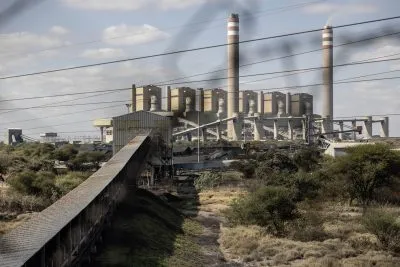Former South African Minerals Minister, Susan Shabangu, has said that the industry loses more than 50% of technical graduates to other sectors of the economy in the first five years of employment. Over 10 years, this proportion rises to more than 70%.
Labour efficiency varies considerably. South Africa mining labour costs (as a proportion of overall production cost) range from 20% for the most-sophisticated, modern and/or open mines to 60% for the least-sophisticated and/or deep mines.
Transformation
Ernst & Young argue that what is needed is an approach that is more radical than the simple cost cutting of the kind the industry has been involved in. What is required in their view is nothing less than transformation – a change in culture, organisational structure, the skills mix and accountabilities.
It is questionable whether current solutions are big enough and bold enough to solve these problems. Changes must improve the bottom line.
In South Africa, for example, there has been too much reliance on positive currency movements to maintain comparative advantage. Lower prices and quantitative easing have eroded this advantage. South Africa produced nearly 80% of the world’s gold in the 1970s and was the leading producer up until 2006. Now it is sixth and produced only 145 tonnes last year. Ferrochrome has suffered a similar decline.
Higher electricity and labour costs have combined with ore that is both of a lower grade (i.e. less mineral for a given tonne of ore) and harder to reach (i.e. deeper, further from the shaft) to reduce margins still further.
Then there are conflicting stakeholder goals (‘sharing the benefits’). Mining companies seek low-risk, high-return projects. Governments seek greater shares in projects, workers seek higher wages. If not managed cohesively, this conflict can paralyse investment.
In an effort to realise greater benefits from the value chain, some governments (South Africa, for instance) are mandating certain thresholds for beneficiation (mineral processing).
Want to continue reading? Subscribe today.
You've read all your free articles for this month! Subscribe now to enjoy full access to our content.
Digital Monthly
£8.00 / month
Receive full unlimited access to our articles, opinions, podcasts and more.
Digital Yearly
£70.00 / year
Our best value offer - save £26 and gain access to all of our digital content for an entire year!
 Sign in with Google
Sign in with Google 


